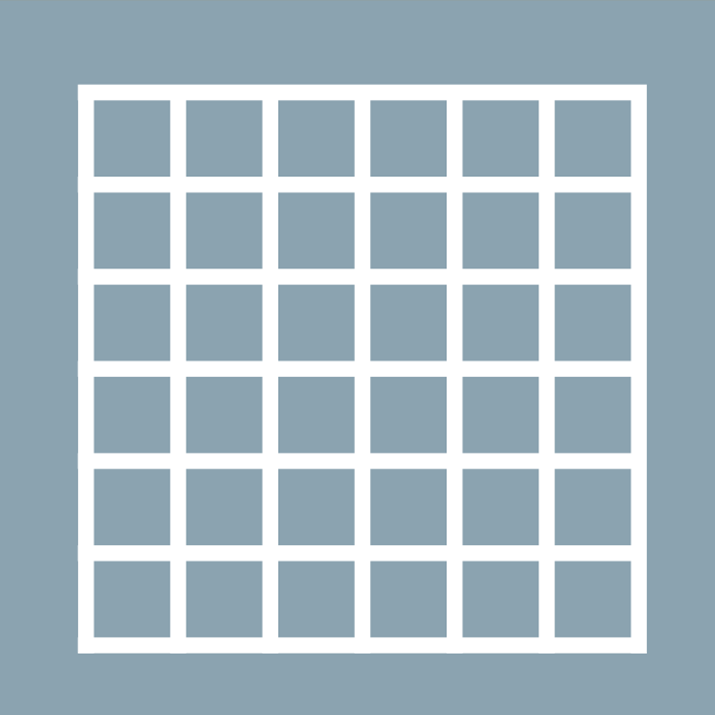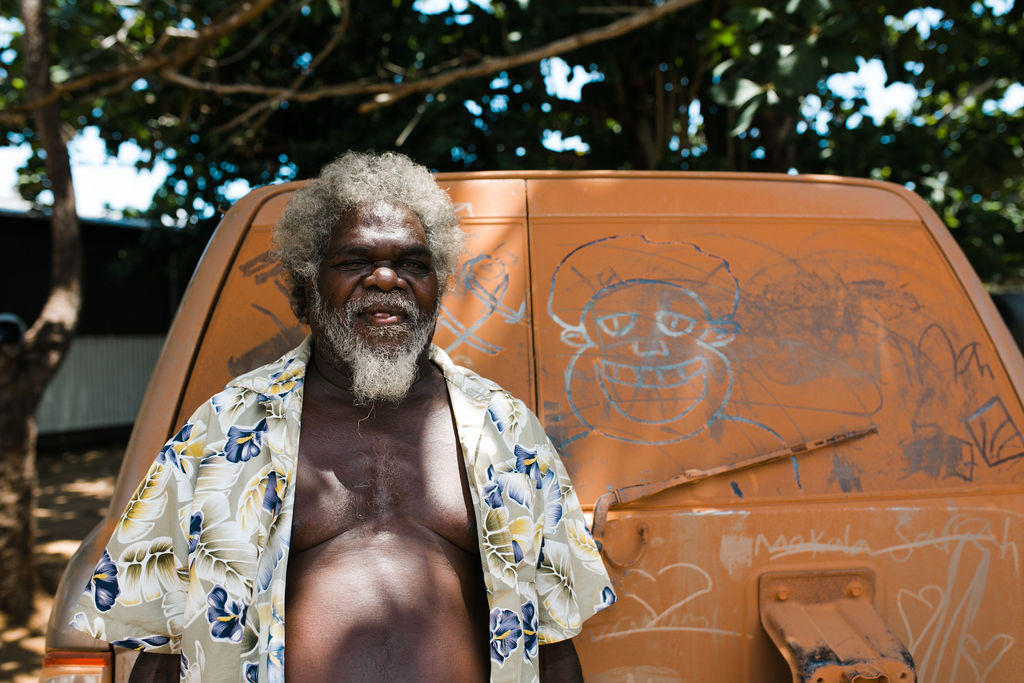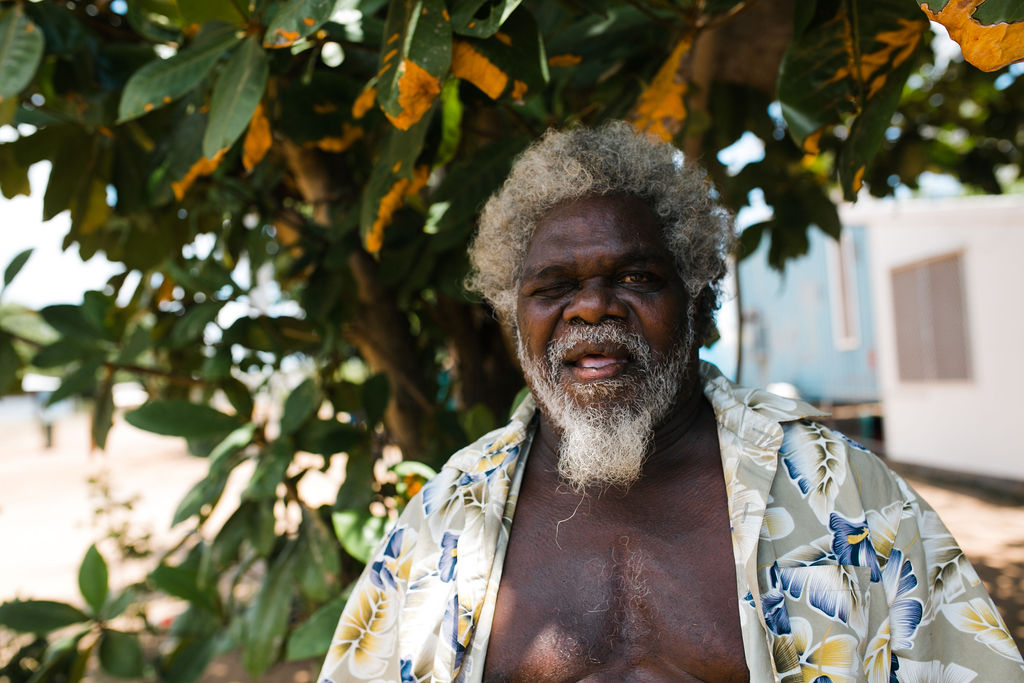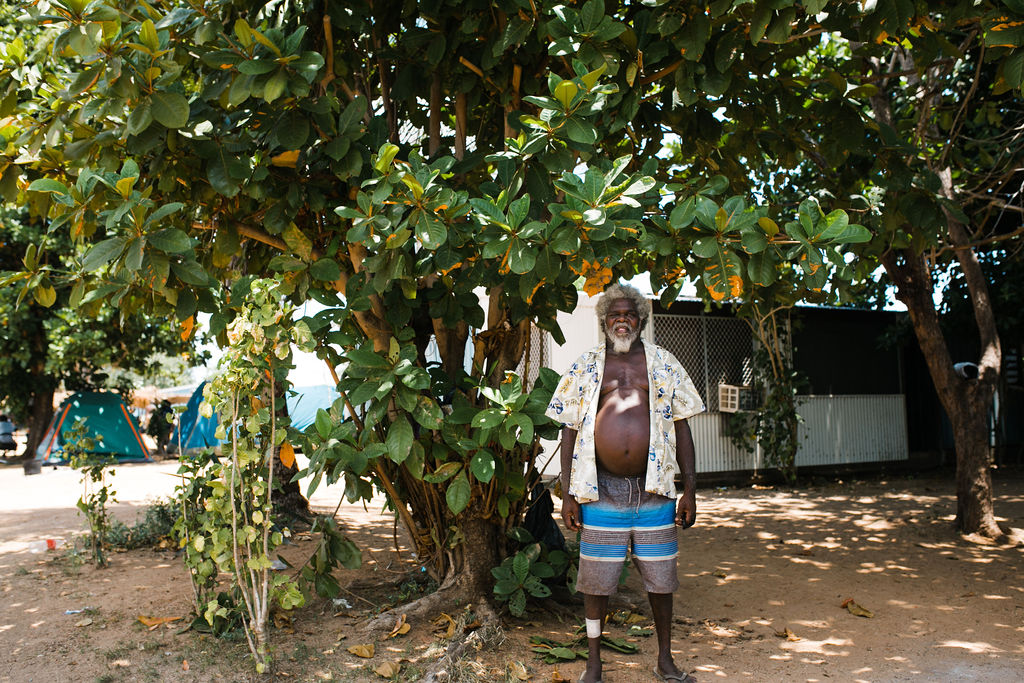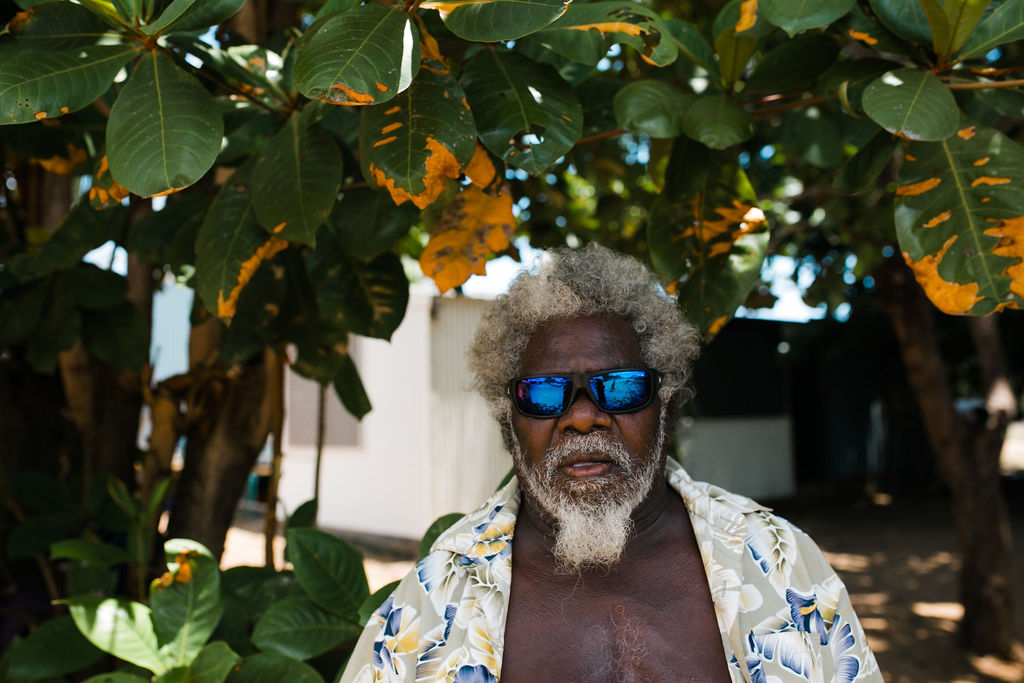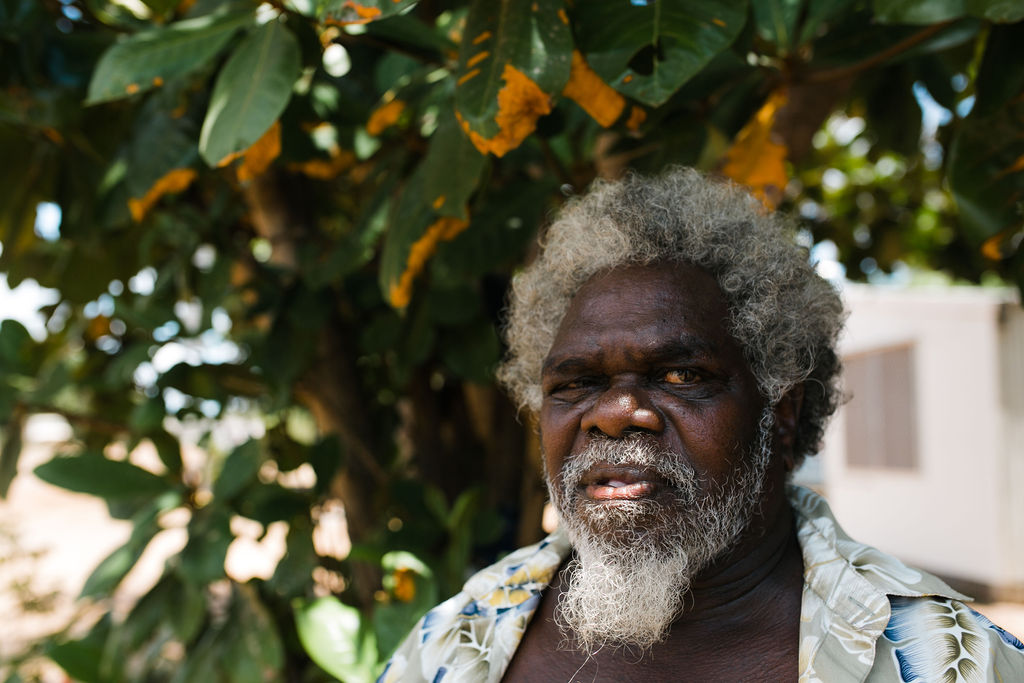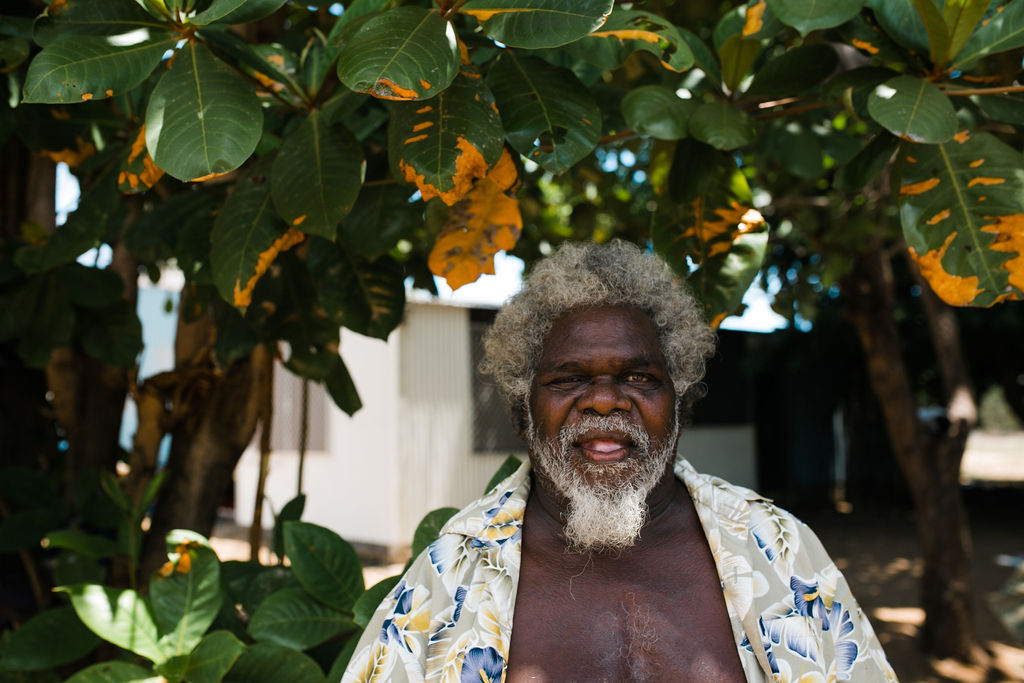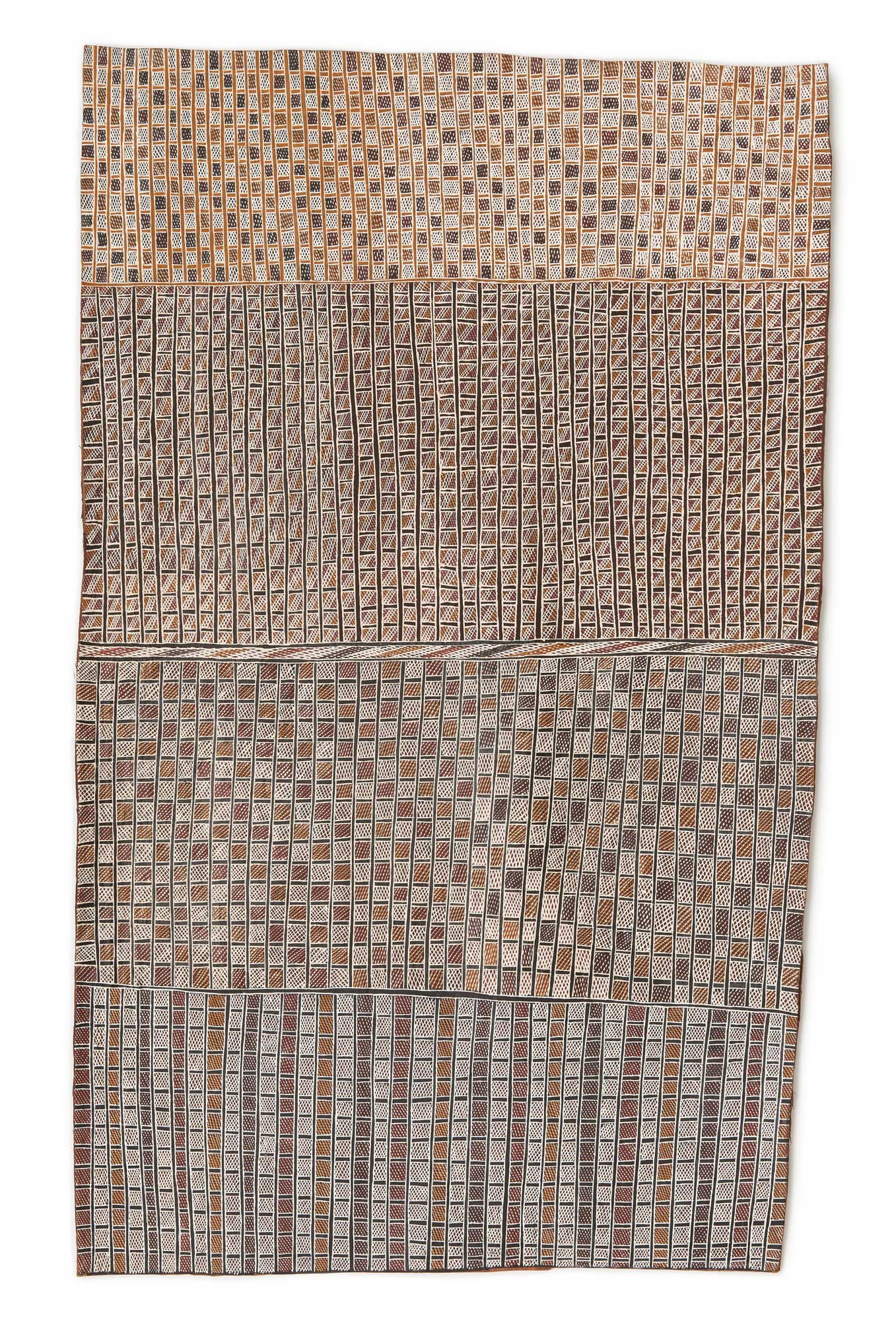
More Info
The grid pattern in this painting is the sacred design of the freshwaters of the Djapu' clan. The pattern refers to their homeland at Wäṉḏawuy. Wäṉḏawuy is surrounded by freshwater from the rain created by Bol’ŋu the Thunderman and serves as home to Mäṉa (the Shark). The grid can be seen in the billabong landscape of the region. It also points to the woven fish traps made by the Djapu' people. Since ancestral times, the region has been fished with traps that mimic the beak of Galumay the Pelican. The crosshatched interiors of the squares refer to the freshwater, which, according to Meŋa, is the reservoir of Djapu' souls.
– Buku-Larrŋgay Mulka Centre
Additional Information
Decade
2018
Medium
Natural pigments on eucalyptus bark
Dimensions (IN)
54 9/16 x 33 15/32
Dimensions (CM)
138.5 x 85
Credit
Kluge-Ruhe Aboriginal Art Collection of the University of Virginia. The 2017-19 Kluge-Ruhe Maḏayin Commission. Purchased with funds provided by William Alexander and Terrence Sykes, 2022.
Narrative
Gupa-Djapu’
The Gupa-Djapu’ clan is a Dhuwa clan. The most important spiritual themes of the Gupa-Djapu’...
Songline
Mäṉa | The Shark
Ancestral sharks, or mäṉa, play an important role in the songlines of several Dhuwa moiety...
Location
2010s
The 2010s saw Buku-Larrŋgay Mulka go from strength to strength. At the National Aboriginal and...
About The Artist(s)
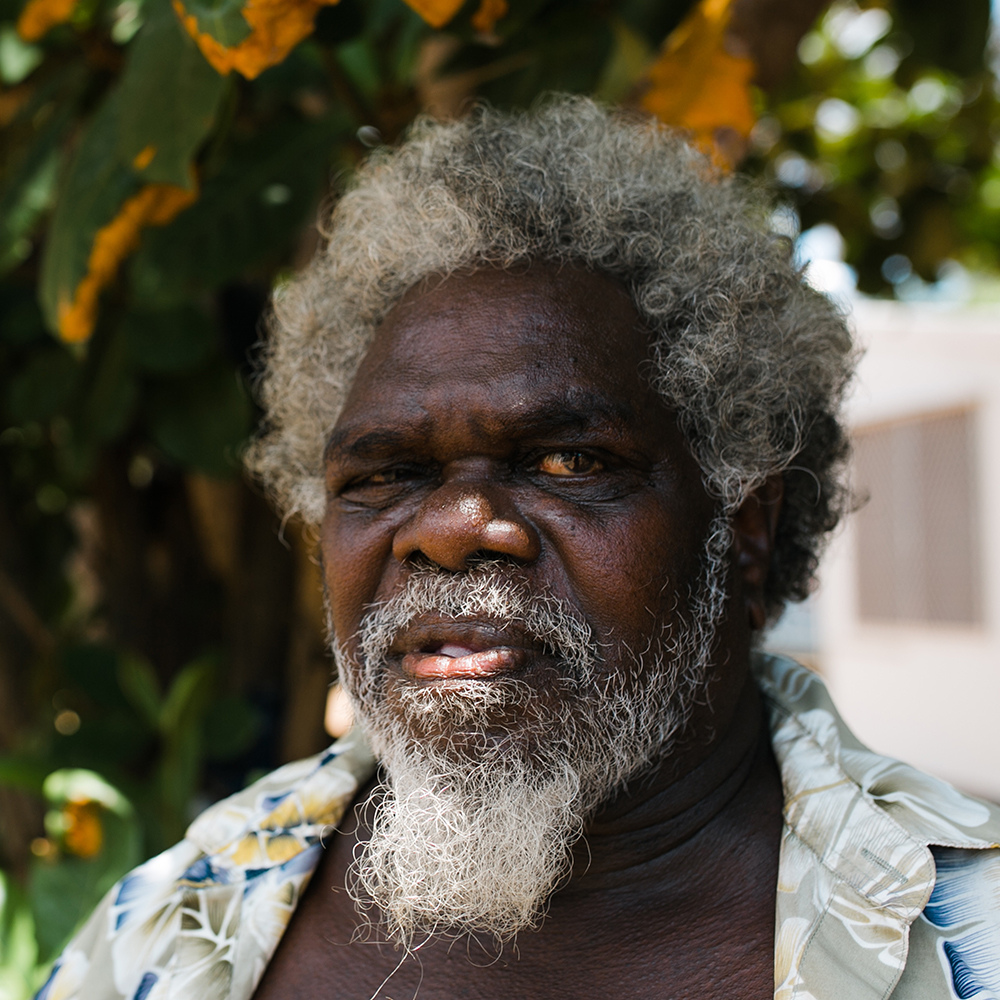
Clan
Gupa-Djapu’
Artist Dates
Born 1959
Meŋa Munuŋgurr
Meŋa Munuŋgurr is the son of Djutjatjutja Munuŋgurr. He is a renowned song man and ceremonial leader for the Djapu’ clan based at Wäṉḏawuy homeland. Although not a prolific artist, he participated in both the 1996 John W. Kluge Commission and the 2017–19 Kluge-Ruhe Maḏayin Commission.
Collections Represented
Australian National Maritime Museum
Kluge-Ruhe Aboriginal Art Collection of the University of Virginia
